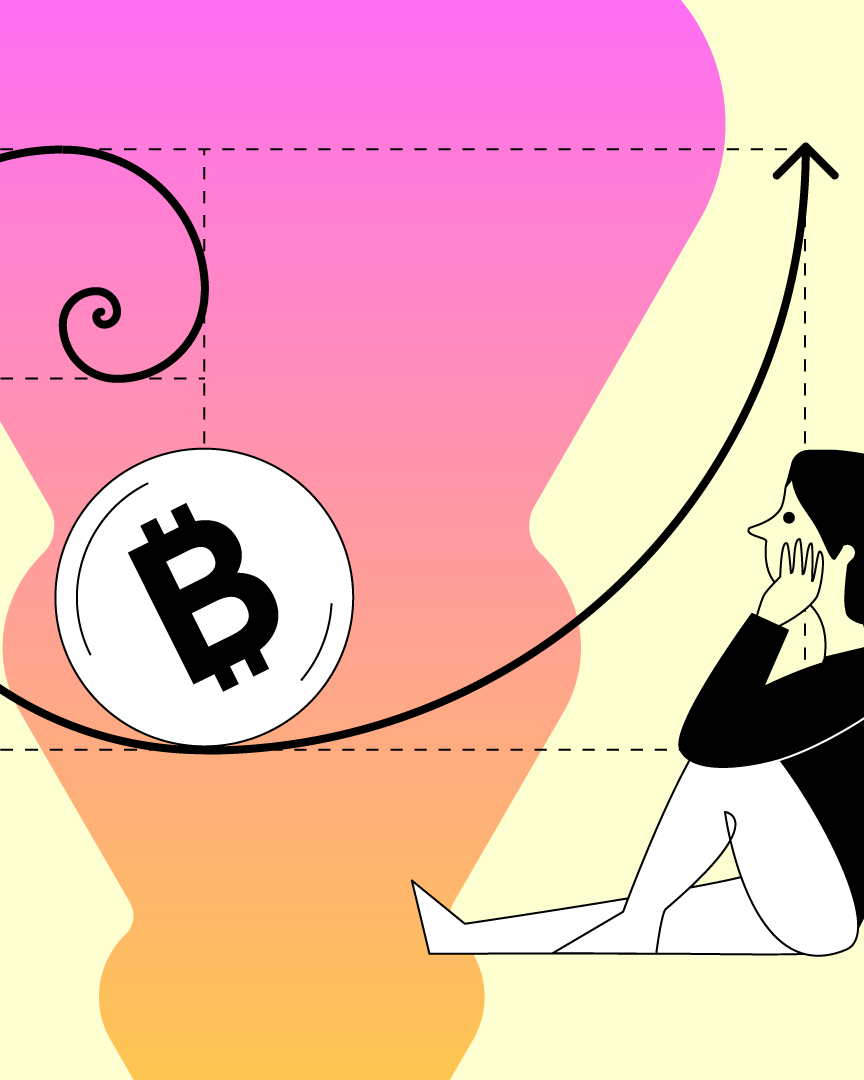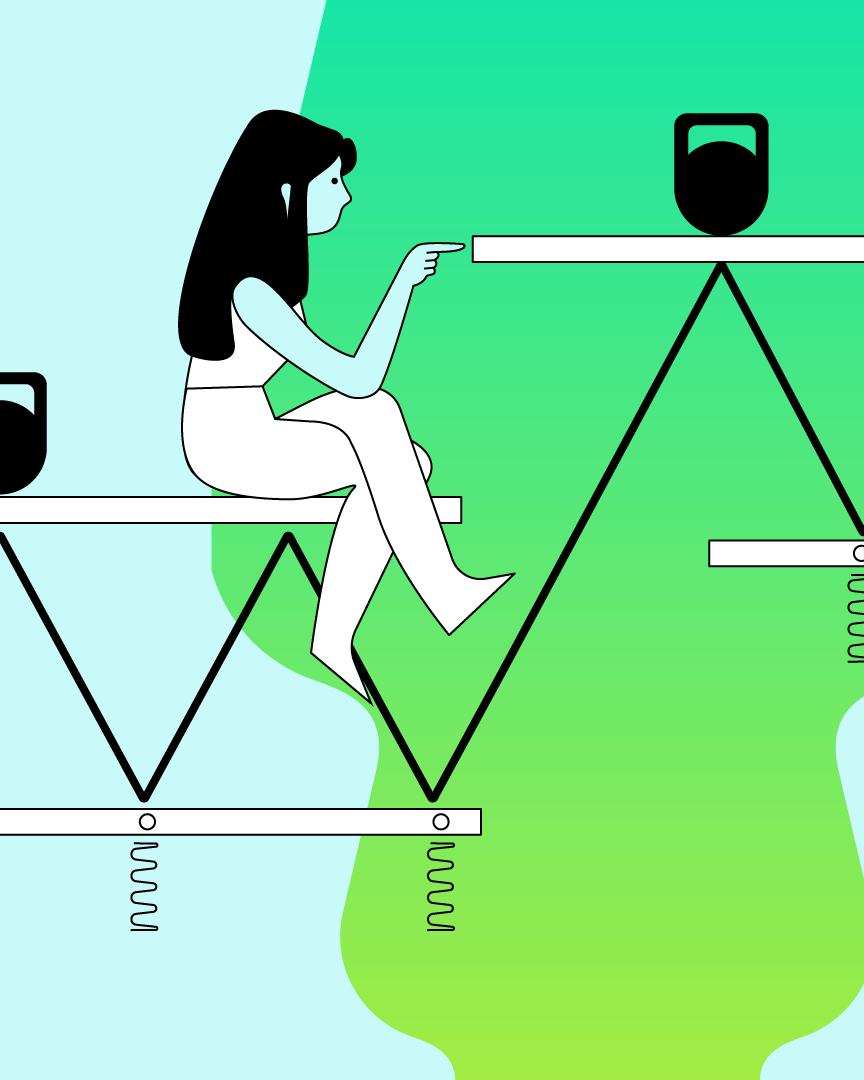2.13 What is paper trading?
This lesson covers what paper trading is, why it is a good idea, and possible drawbacks.

Whether you are a novice or professional trader, testing new strategies, different risk levels, or new markets is vital for investing. Testing a market can either be done using previous markets or live markets.
The concept of utilizing historical market data to test whether a strategy would work in a current market using similar conditions is called backtesting. When strategies or trades are tested using a live market, it is called paper (simulated) trading or forward performance testing. In the last lesson, we looked at methods to access passive income in the crypto space; in this lesson, we look at the concept of optimizing strategies for live trading without risking real capital.
This lesson covers what paper trading is, why it is a good idea, and possible drawbacks.
Content
- What is paper trading?
- Why is paper trading a good idea?
- Possible drawbacks of paper trading
What is paper trading?
Paper trading is simulated trading in a live market that allows investors and traders to practice buying and selling assets. It enables you to trade in live markets using simulated crypto.
Like traditional markets, crypto paper trading allows you to practice trading, test tools, and strategies on a real market without risking any asset. You can track the performance of your trading tools and techniques. This helps you determine how good your strategy or tools are.
How it’s done
First, you open a paper trading account on a platform that provides such service. The demo account mirrors the live market conditions of the platform. Hence, it allows you to trade using real-time exchange data with simulated crypto. You can experience investing in crypto without any real risk. You can trade on a real market using virtual currencies with your preferred rules/strategies.
You can optimize your tools and strategies to work to your advantage and reset the allocation of your virtual currencies. The simplest way of performing simulated trading is by identifying crypto trading pairs via charts or analysis. Then select the time to place a virtual buy or sell order. You can set a good entry point and exit point. You can also set stop-loss or limits and how long you are willing to hold a position. Repeat the process until you finally have enough data to analyze your progress.
Why is paper trading a good idea?
Primarily, paper trading gives investors a realistic simulation of live trading processes, expectations, and results. All without risking real capital.
It also allows you to improve your trading strategy and understand how it performs in real conditions. Additionally, your emotional side does not take control of your rationality since the trading scenarios are hypothetical. This helps you trade without stress, fear, or greed.
Beginners can invest their allocated funds and leverage them on the market to test different trading strategies, master risk management, and get accurate results. In short, you can learn every element involved in the trading process, from pre-market preparation to profit or loss in trades. In doing so, you gain the confidence to make complex decisions in the real market. Unfavorable outcomes take you back to the process of adjusting your strategies and market approach until you get it right.
Possible drawbacks of paper trading
A potential drawback of simulated trading is the unlimited crypto allocation. Such capital may lead novice traders to lousy trading habits with a false sense of security that they may carry to the real market. Additionally, when you finally enter the market with personal capital, real gains may overwhelm you with fear of missing out (FOMO) in live trading. You can manage these drawbacks by limiting the amount of virtual account balance and the number of allocation resets.
Another drawback is that paper trading allows you to choose ideal entry and exit points without considering obstacles like slippages, commissions, and shakeout levels caused by computer algorithms. So it is helpful to consider the advantages and possible drawbacks while practicing paper trading.
In our next lesson, we will look at some types of scams in the crypto industry and the best practices to deploy.
DISCLAIMER
This material does not constitute investment advice, nor is it an offer or solicitation to purchase any cryptocurrency assets.
This material is for general informational and educational purposes only and, to that extent, makes no warranty as to, nor should it be construed as such, regarding the reliability, accuracy, completeness or correctness of the materials or opinions contained herein.
Certain statements in this educational material may relate to future expectations that are based on our current views and assumptions and involve uncertainties that could cause actual results, performance or events to differ from those statements.
BB Trade Estonia OU and its representatives and those working directly or indirectly with BB Trade Estonia OU do not accept any liability arising from this article.
Please note that investing in cryptocurrency assets carries risks in addition to the opportunities described above.


















